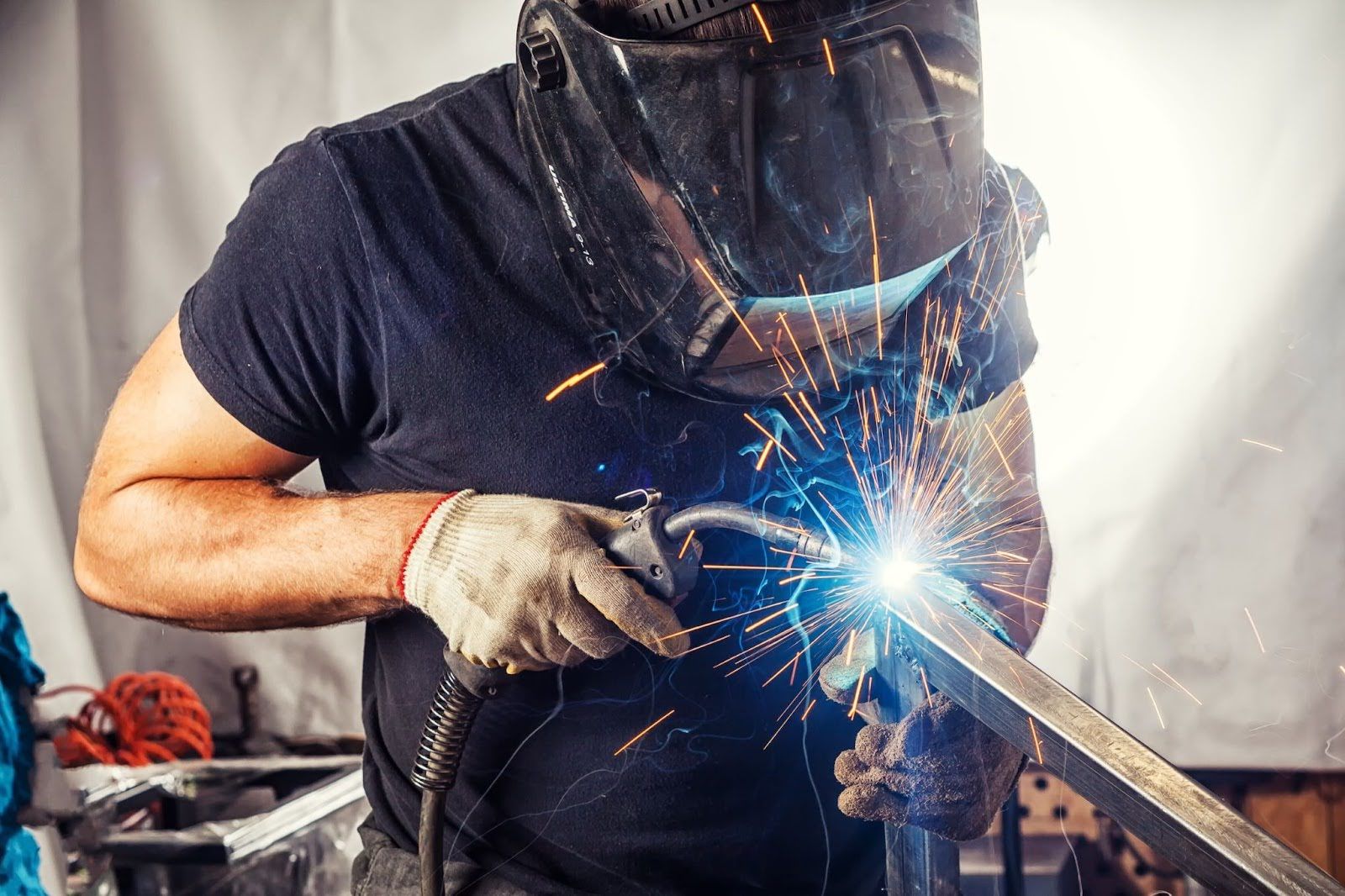Preventing Weld Undercut Made Easy: Trick Techniques Introduced
Preventing Weld Undercut Made Easy: Trick Techniques Introduced
Blog Article
Grasping the Art of Welding: Exactly How to Avoid Undercut Welding Issues for Flawless Fabrication Outcomes
By understanding the root triggers of undercut welding and executing reliable strategies to stop it, welders can elevate their craft to new degrees of excellence. In the pursuit of flawless construction results, grasping the art of welding to prevent undercut concerns is not simply an ability yet a need for those aiming for excellence in their job.
Recognizing Undercut Welding

To avoid undercut welding, welders should ensure appropriate welding specifications, such as changing the current, voltage, traveling rate, and keeping the correct electrode angle. By recognizing the reasons of undercut welding and carrying out preventive actions, welders can attain high-grade, structurally sound welds.
Causes of Undercut in Welding
Recognizing the elements that add to undercut in welding is vital for welders to create premium, structurally sound welds. Damaging occurs when the weld steel does not effectively load the groove developed between the base metal and the previously deposited weld metal. Several variables can cause undercut in welding. One typical reason is extreme heat input. Welding at heats for extensive periods can lead to the base steel melting more than wanted, causing undercut. Poor welding current or wrong welding rate can likewise add to undercut. Not enough current may not provide sufficient heat to thaw the base and filler steels adequately, while extreme rate can avoid correct blend, triggering undercut. Furthermore, incorrect electrode angles or wrong torch adjustment techniques can produce locations of low weld steel deposition, advertising undercut. Recognizing these reasons and carrying out appropriate welding strategies can assist stop undercutting issues, making certain solid and resilient welds.
Techniques to stop Undercutting

To alleviate the risk of undercutting in welding, welders can utilize strategic welding strategies intended at enhancing the high quality and stability of the weld joints. Furthermore, utilizing the appropriate welding strategy for the details joint arrangement, such as weave or stringer beads, can contribute to lowering damaging.
Furthermore, appropriate joint prep work, including making certain clean base products without impurities and utilizing the ideal welding consumables, is critical in protecting against undercut issues. Utilizing back-step welding strategies and managing the weld bead profile can also assist disperse warmth equally and reduce the threat of undercut. Regular examination of the weld joint throughout and after welding, in addition to carrying out quality control procedures, can assist in identifying and dealing with undercutting problems without delay. By applying these strategies carefully, welders can achieve remarkable fabrication results with marginal undercut problems.
Relevance of Appropriate Welding Criteria
Selecting and maintaining suitable welding criteria is vital for accomplishing effective welds with very little flaws. Welding specifications describe variables such as voltage, current, travel speed, electrode angle, and protecting gas circulation price that directly influence the welding procedure. These parameters should be very carefully changed based upon the kind of product being bonded, its density, and the welding method used.
Correct welding parameters make sure the correct amount of warmth is used to thaw the base metals and filler material uniformly. If the parameters are set too high, it can result in excessive heat input, causing distortion, spatter, or burn-through. On the other hand, if the parameters are also low, incomplete fusion, lack of infiltration, or damaging may happen.
Quality Control in Welding Workflow

Final Thought
To conclude, mastering the art of welding calls for a detailed understanding of undercut welding, its reasons, and techniques to avoid it. By ensuring proper welding criteria and executing quality control practices, remarkable fabrication outcomes can be accomplished. It is important for welders to continually pursue excellence in their welding procedures to prevent undercut problems and generate premium welds.
Undercut welding, a common flaw in welding processes, happens when the weld steel does not appropriately load the groove and leaves a groove or anxiety along the bonded joint.To avoid undercut welding, welders need to guarantee proper welding criteria, such as adjusting the current, voltage, travel rate, and keeping find more info the proper electrode angle. Insufficient welding wrong or existing welding rate can likewise add to damage.To reduce the threat of damaging in welding, welders can employ critical welding techniques intended at enhancing the quality and integrity of the weld joints.In conclusion, grasping the art of welding calls for a thorough understanding of undercut welding, its causes, and methods to stop it.
Report this page